
Karl "Quax" Schnörrer was a German military aviator who served in the Luftwaffe during World War II. As a fighter ace, he claimed 46 enemy aircraft shot down in 536 combat missions, eleven of which while flying the Messerschmitt Me 262 jet fighter in Defense of the Reich.

Walter Nowotny was an Austrian-born fighter ace of the Luftwaffe in World War II. He is credited with 258 aerial victories—that is, 258 aerial combat encounters resulting in the destruction of the enemy aircraft—in 442 combat missions. Nowotny achieved 255 of these victories on the Eastern Front and three while flying one of the first jet fighters, the Messerschmitt Me 262, in the Defense of the Reich. He scored most of his victories in the Focke-Wulf Fw 190, and approximately 50 in the Messerschmitt Bf 109. Nowotny scored an "ace in a day" on multiple occasions, shooting down at least five airplanes on the same day, including two occurrences of "double-ace in a day" in mid-1943.

Johannes "Macky" Steinhoff was a Luftwaffe fighter ace during World War II, German general, and NATO official. He was one of very few Luftwaffe pilots who survived to fly operationally through the whole of the war period 1939–45 until he was severely burned during a failed take-off. Steinhoff was also one of the highest-scoring pilots with 176 victories, and one of the first to fly the Messerschmitt Me 262 jet fighter in combat as a member of the Jagdverband 44 squadron led by Adolf Galland. Steinhoff was decorated with the Knight's Cross of the Iron Cross with Oak Leaves and Swords, and later received the Grand Cross of the Order of Merit of the Federal Republic of Germany and several foreign awards including the American Legion of Merit and the French Legion of Honour. He played a role in the so-called Fighter Pilots' Revolt late in the war, when several senior air force officers confronted Hermann Göring.

Heinrich Ehrler was a German Luftwaffe military aviator and wing commander during World War II. As a fighter ace, he is credited with 208 enemy aircraft shot down in over 400 combat missions. The majority of his victories were claimed over the Eastern Front, with nine claims over the Western Front which included eight in the Messerschmitt Me 262 jet fighter.
Kommando Nowotny was a Luftwaffe fighter Gruppe formed during the last months of World War II for testing and establishing tactics for the Messerschmitt Me 262 jet fighter, and was created and first commanded by Walter Nowotny, from whom it drew its name.
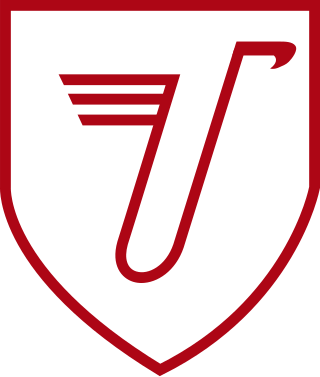
Jagdgeschwader 3 "Udet" was a Luftwaffe fighter wing of World War II. The Geschwader operated on all the German fronts in the European Theatre of World War II. It was named after Ernst Udet, an important figure in the development of the Luftwaffe, in 1942.

Hans Peter Waldmann was a German Luftwaffe fighter ace and recipient of the Knight's Cross of the Iron Cross of Nazi Germany. Waldmann received the award after he had shot down 85 enemy aircraft. In total, he was credited with 134 aerial victories accumulated in 527 combat missions.
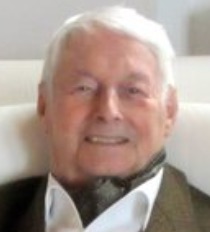
Walter Schuck was a German military aviator who served in the Luftwaffe from 1937 until the end of World War II. As a fighter ace, he claimed 206 enemy aircraft shot down in over 500 combat missions, eight of which while flying the Messerschmitt Me 262 jet fighter. Schuck was a recipient of the Knight's Cross of the Iron Cross with Oak Leaves.

Georg-Peter "Schorsch" Eder was a German Luftwaffe military aviator and fighter ace during World War II. He is credited with 78 aerial victories achieved in 572 combat missions, including 150 combat missions with the Messerschmitt Me 262 jet fighter. This figure includes 10 aerial victories on the Eastern Front, and further 68 victories over the Western Allies, including 36 four-engined bombers.
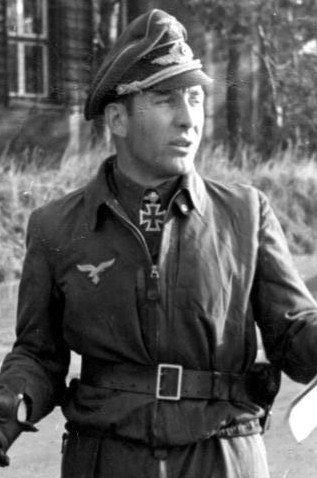
Theodor Weissenberger was a German Luftwaffe military aviator during World War II and a fighter ace credited with 208 enemy aircraft shot down in 375 combat missions. The majority of his victories were claimed near the Arctic Ocean in the northern sector of the Eastern Front, but he also claimed 33 victories over the Western Front. He claimed eight of these victories over the Western Allies while flying the Messerschmitt Me 262 jet fighter.

Wolfgang Späte was a German Luftwaffe fighter ace during World War II, with 99 victories claimed. He was a recipient of the Knight's Cross of the Iron Cross with Oak Leaves. For fighter pilots it was a quantifiable measure of skill and combat success. He is attributed by some, for an early, 1938 version of the speed to fly theory, usually attributed to Paul MacCready. Already a talented glider pilot before the war, he went on to become one of the Luftwaffe's foremost test pilots.
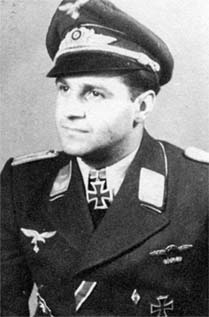
Franz Schall was a German military aviator who served in the Luftwaffe during World War II. As a fighter ace, he flew approximately 550 combat missions and claimed 137 aerial victories—that is, 137 aerial combat encounters resulting in the destruction of the enemy aircraft. He was also a recipient of the Knight's Cross of the Iron Cross, the highest award in the military and paramilitary forces of Nazi Germany during World War II.
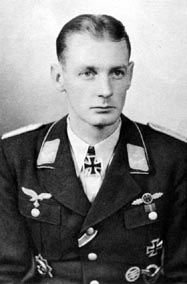
Rudolf "Rudi" Rademacher was a German military aviator who served in the Luftwaffe during World War II. As a fighter ace, he was credited with 97, potentially up to 126, aerial victories—that is, 97 aerial combat encounters resulting in the destruction of the enemy aircraft—claimed in over 500 combat missions. The majority of his victories were claimed over the Eastern Front, with sixteen claims over the Western Front, all of which were achieved while flying the Messerschmitt Me 262 jet fighter.
Erich Hohagen was a German general in the Bundeswehr. During World War II, he served as a fighter pilot in the Luftwaffe. A fighter ace, Hohagen was credited with 56 aerial victories and was a recipient of the Knight's Cross of the Iron Cross, the highest award in the military and paramilitary forces of Nazi Germany during World War II.
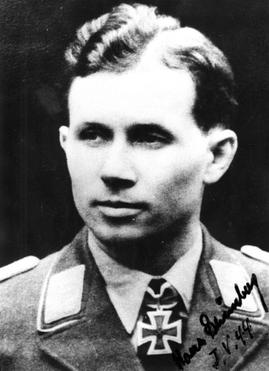
Hans "Specker" Grünberg was a German military aviator who served in the Luftwaffe during World War II. As a fighter ace, he was credited with 82, aerial victories—that is, 82 aerial combat encounters resulting in the destruction of the enemy aircraft—claimed in approximately 550 combat missions. The majority of his victories were claimed over the Eastern Front, with 21 claims over the Western Front, including five flying the Messerschmitt Me 262 jet fighter.
Heinz Arnold was a German Luftwaffe fighter ace. He is credited with 49 aerial victories including seven victories claimed flying the Messerschmitt Me 262 jet fighter.
Alfred Teumer was a German Luftwaffe military aviator and fighter ace during World War II. He is credited with 76 aerial victories claimed in over 300 combat missions. This figure includes 66 aerial victories on the Eastern Front, and further ten claims over the Western Allies.
Hermann Staiger was a Luftwaffe ace and recipient of the Knight's Cross of the Iron Cross during World War II. The Knight's Cross of the Iron Cross was awarded to recognise extreme battlefield bravery or successful military leadership. Staiger was credited with 63 aerial victories during World War II, 49 on the Western Front and 14 on the Eastern Front.

Willy Unger was a Luftwaffe ace and recipient of the Knight's Cross of the Iron Cross during World War II.
Herbert Kutscha was a German Luftwaffe fighter ace and recipient of the Knight's Cross of the Iron Cross during World War II. The Knight's Cross of the Iron Cross was awarded to recognise extreme battlefield bravery or successful military leadership. He was one of few Luftwaffe pilots to survive the whole war, serving from 1939 until 1945. During his career he was credited with 47 aerial victories in more than 900 missions.















